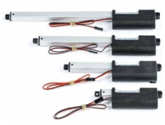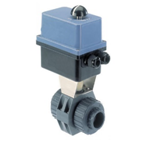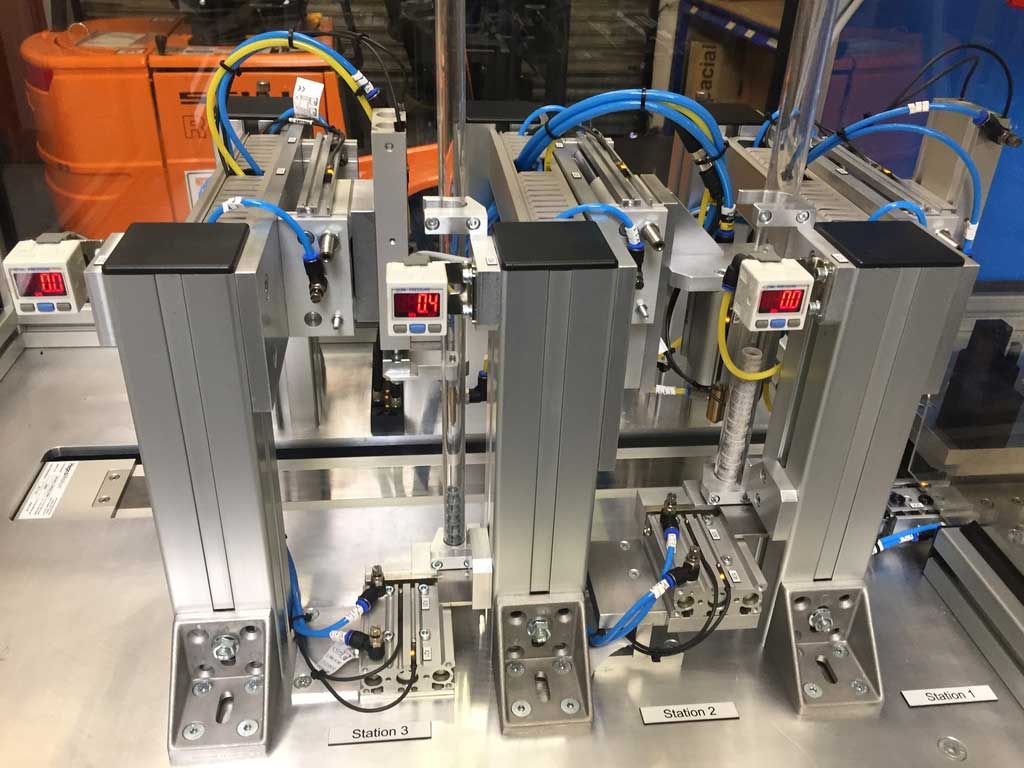Electric Linear Actuators are electrically powered, mechanical devices consisting of motors, linear guides, and drive mechanisms, used to convert electrical energy into linear displacement through mechanical transmission, electro-magnetism, or thermal expansion to provide straight line push/pull motion. They are used in a wide range of industries where linear positioning is needed. The actuators are driven by several means including ball or lead screws, belts, or voice coils, among others. Typical applications include opening and closing dampers, locking doors, braking machine motions, and others.


Electric Rotary Actuators are electrically powered, mechanical devices consisting of motors and output shaft mechanisms with limited rotary travel, used to convert electrical energy into rotational motion. Electric rotary actuators are used primarily in automation applications when a gate or valve, requires controlled movement to particular rotational positions. The actuators are driven by various motor types, voice coils, and other elements. Typical applications include quarter-turn valves, windows, robotics, etc.

FUNCTIONS AND APPLICATIONS
The main types of actuators are segregated by motion and power source. As we mentioned, Linear actuators produce push/pull action, and Rotary actuators produce rotational motion. In many cases, linear actuators begin with a rotary prime mover—a motor, typically—whose rotation is converted to linear motion through a power screw or similar device. The opposite is also true: many rotary actuators can begin with linear devices such as hydraulic cylinders which produce circular motion through rack and pinion arrangements.
Actuators are used extensively to operate valves remotely. A valve so equipped is termed a control valve. Actuators are also used in many linear motion applications where air power is not available to drive cylinders or where extra force is needed from compact designs. One unusual linear actuator uses chain which when straight forms a rigid length but it can curve around the driving gear to obtain its motion. Smaller linear and rotary actuators often uses direct drive voice coil motors.
Linear actuators are used in packaging machines, medical equipment, production machinery, etc. as well as in a host of transportation industry applications from aircraft to rail. Linear actuators sometimes combine stepper motors with ball screws to achieve precise controllable positioning.

Don’t miss our upcoming articles to learn how to choose the Right Actuator for your facility. You might realize the use of the actuator, is exactly what you need to get it to the next level.



Leave A Comment